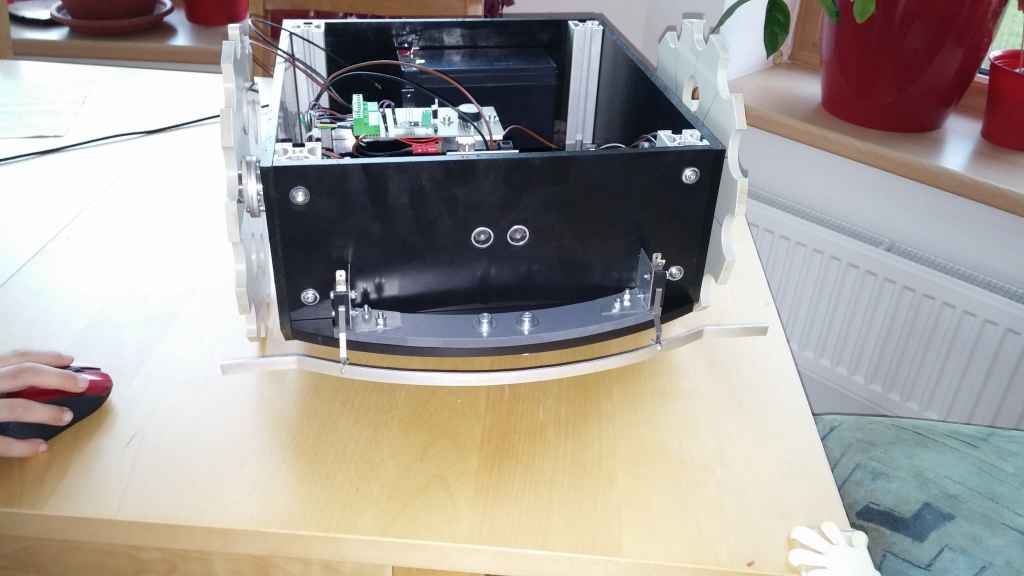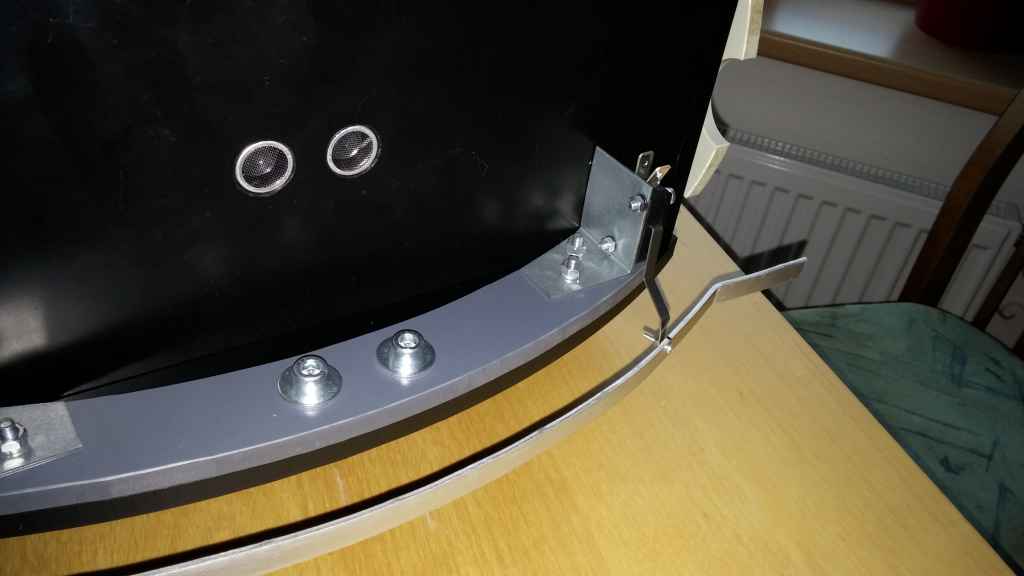Hallo,
Ich habe folgende Fragen:
1. Ultraschall sensor - In pfod App nur den Wert sehe in "c". L und R sind immer 0. Ist das richtig?
2. Hall sensor - Wie wird die Funktionalität der Hall-Sensor zu überprüfen? In pfod App schließt, wenn die Test-und die Geschwindigkeiten variieren und es gibt einige unerreichbar Nummer (24000 rpm). Darüber hinaus gibt es mehrere Schieberegler, die nicht wissen, was mit ihnen zu tun einzurichten.
Danke
Alex
Ich habe folgende Fragen:
1. Ultraschall sensor - In pfod App nur den Wert sehe in "c". L und R sind immer 0. Ist das richtig?
2. Hall sensor - Wie wird die Funktionalität der Hall-Sensor zu überprüfen? In pfod App schließt, wenn die Test-und die Geschwindigkeiten variieren und es gibt einige unerreichbar Nummer (24000 rpm). Darüber hinaus gibt es mehrere Schieberegler, die nicht wissen, was mit ihnen zu tun einzurichten.
Danke
Alex






